Every Orioles fan knows the road to success in 2018 depends on two things. First, the hitters hit. Manny Machado, Jonathan Schoop, Chris Davis, Adam Jones, Trey Mancini, Tim Beckham, Mark Trumbo. All of these guys have to approach or exceed their career norms and generate a lot of runs to overcome the fact that the pitching staff is…not great.
As to that pitching staff. The bullpen needs to meet their expectations and the starters need to exceed them. Part of that falls on Dylan Bundy and Kevin Gausman and Chris Tillman and Andrew Cashner. But as we’ve grown to learn over the last decade, part of that falls on the man behind the plate.
Caleb Joseph is not a good major league hitter (I’m being kind). But when you look at point one above – the O’s need a really good offense – given the other pieces, what the catcher contributes just isn’t going to matter much . Welington Castillo went .282/.323/.490 last year with 20 HR and it was fun, but we know how that ended. The Orioles 2018 offense is going to live or die with a dozen guys and none of them are playing catcher. Anything the catcher provides is a bonus.
That brings us to the second point. Joseph makes the pitching staff better. Per Baseball Prospectus, he was 5th in MLB in Fielding Runs Above Average (FRAA) for catchers in 2017. (Note: Matt Wieters was #100) Go back to 2016. Joseph was 14th in FRAA. The bottom line is Caleb makes pitchers better than the average catcher would. A lot better.
So, there are two problems. The first is the notion of “pitch framing.” Yes, it exists. Anybody who watches baseball knows that pitches outside the strike zone are called strikes. It has become fashionable to give all that credit to the catcher.
BUT it’s not all up to him; part of it is also on the pitcher.
You can’t “frame” a ball a foot off the plate into a strike no matter how good you are, and it also helps if the pitch was close to where the catcher set up, not on the other side of the plate.
The umpire also matters. They are human and their ability to track the last 10 feet of a pitch is the same as the hitter’s, which is to say: it’s impossible. They lose track of it and then see the glove. That’s why pitch framing is a thing. There’s no doubt Joseph is good at it.
How consistent an ability it is, from pitcher to pitcher and from umpire to umpire, is open to debate, but there’s no doubt having him behind the plate helps the pitching staff.

GulfBird Photo/Craig Landefeld
The second problem is durability. This isn’t a question of injury. Other than a couple of HBP-related day-to-day injuries, Joseph’s only DL stint was the result of a foul ball that took an unfortunate hop. I was in the park that day and I knew what happened immediately. Not the severity obviously, but the actions of the trainer made it clear.
And yet, Joseph played the rest of the game with an injury that would later require “testicular surgery.” So let’s put aside any notions that Caleb “can’t play with pain,” and deal with the durability standards of the modern catcher.
Here’s the list of catchers who caught 990+ innings (110 games) last year:
Mike Zunino 994
Yasmani Grandal 999
Matt Wieters 1003
J.T. Realmuto 1095
Yadier Molina 1125
Martin Maldonado 1146
SIX! Six catchers make the list and two of those exceeded the 990+ inning standard by ONE game. THREE caught 120 games. Only eleven catchers caught 100 games.
This isn’t the 1970’s anymore. Every team (other than the Cardinals because Yadier is going to play every game whether they like it or not because that’s just who he is at this point) recognizes that it’s insane to have a catcher suit up for more than 100-110 games. The demands of the position are simply too much. Some AL teams can slot a guy in at DH for another 20 or so games. Some NL teams have a Buster Posey who can play first base (BTW, he caught 826 innings last year).
Joseph is plenty durable when compared to the standard to which today’s catchers are held.
Look: Chance Sisco is a better hitter than Joseph. But the difference isn’t enough to matter when the offense is going to live or die with the rest of the line-up. We’ve got multiple seasons that tell us Joseph is good at making a pitching staff perform better than they are and none that tell us Sisco can. If the Orioles are to contend in 2018 they need Joseph’s defense more than Sisco’s offense.
Joseph should be the everyday catcher for the Orioles. Their success depends on a lot of other people but he’s the best man, with the best specific skills, for this job.
With everything above in mind, my assertion is this: Caleb Joseph should start 110 games at catcher for the 2018 Orioles.

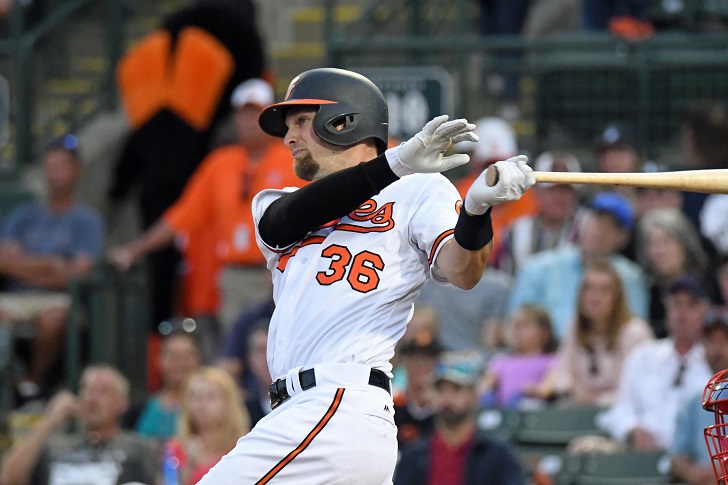

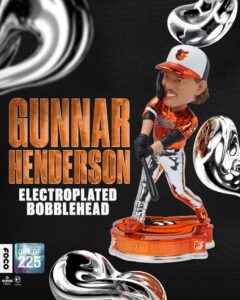
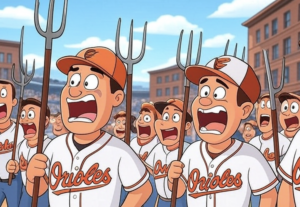
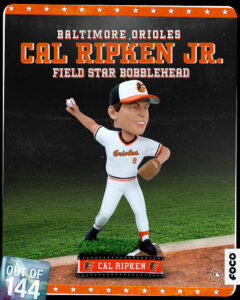
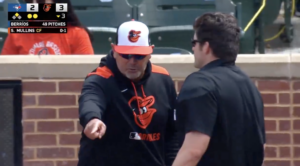
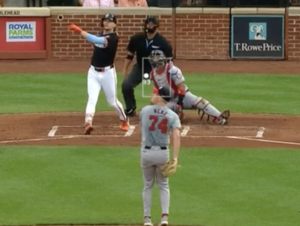

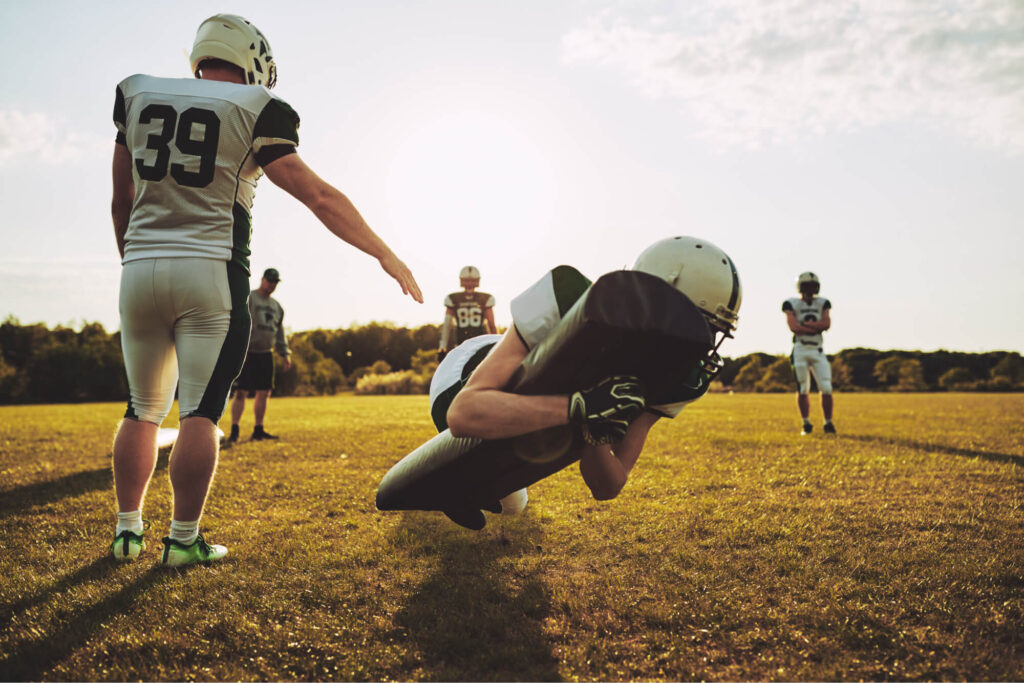
0 Responses
Whole-heartedly agree. And he’s really not that bad of a hitter. Don’t let that one bad season ruin a career. In the two other seasons that he exceeded 80 innings, he was a respectable hitter for the position. He’s capable of a .250ave./12+hr/50+rbi season if he goes 110 games, and I’d take take that with the good defensive things he does.
100% agree, and I own Chance in Fantasy!